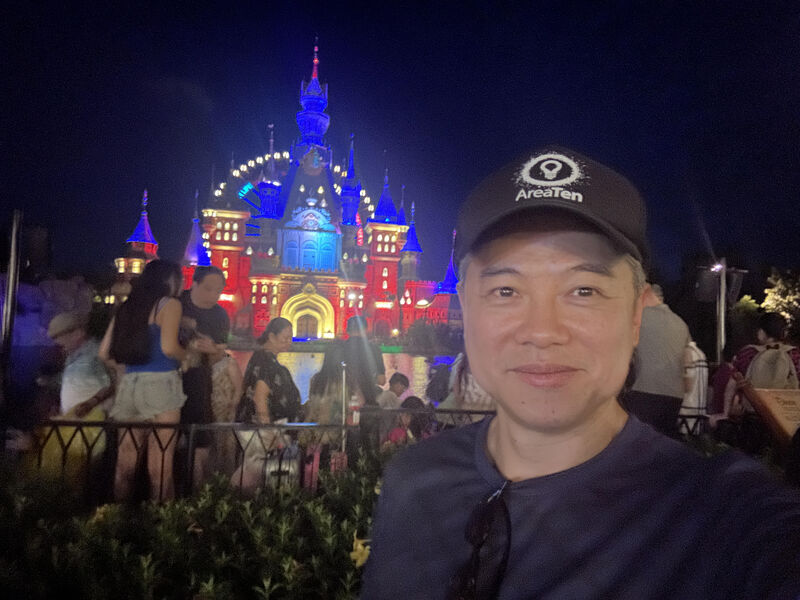Mapping the Customer Journey: How Vingroup’s Approach Created a Tourism Empire
by
Jeremy Tang - Updated
10-Jul-2024

Look at the customer journey, not the destination
During my recent trip to Vietnam, I visited Phu Quoc, often referred to as the Bali or Phuket of Vietnam.
What I saw was truly impressive, especially the extensive strategy executed by Vingroup, a leading Vietnamese conglomerate involved in real estate, hospitality, retail, automotive, healthcare, and education. It was a masterclass in holistic business development on the largely ignored northern part of Phu Quoc island.
The numbers:
USD$2.8 billion investment
1,000+ hectares developed
Large portion completed in 2020
Currently attracting 5.5 million annual visitors (75% of Phu Quoc’s total tourists to the island)
The Game-changer:
They adopted the strategy of “It’s the entire journey, not just the destination” for tourists.
Instead of asking:
“How do we fill hotel rooms?”
They asked:
“What makes people want to visit, stay longer, and come back?”
Result:
A complete “tourism-entertainment universe” including:
– VinWonders Phu Quoc: Vietnam’s largest theme park (that looks alot like another theme park you might be familiar with as per the picture)
– Vinpearl Safari: Asia’s largest safari park
– Corona Casino (I have no idea why they chose that name): Vietnam’s only licensed casino for locals
– Grand World: A 24/7 “sleepless city” with endless entertainment
– Multiple 5-star hotels (about 12,000 rooms in total)
By thinking holistically about the entire customer journey, Vingroup unlocked incredible economies of scale and breadth. They created a 1+1=3 effect:
– Increased customer satisfaction and loyalty
– Operational efficiencies across interconnected businesses
– Enhanced brand value and reputation
This approach turned an underdeveloped part of Phu Quoc into a thriving tourism hub.
Lesson: Don’t just solve one problem. Solve ALL the problems.
Vingroup thought upstream. They created reasons for people to come, not just places for them to sleep.
Your customers don’t want a product.
They want an experience, a complete answer.
Give them a world to explore, and they’ll never want to leave.
Applying this in any business:
Even if you’re not developing an entire island, you can adopt this holistic approach. Map out your customer’s entire journey. Understand their needs at every touchpoint. Create a seamless, integrated experience that solves multiple problems.
When you focus on solving all key customer needs, not just one, you create synergies that exponentially increase the value and stickiness of your offering.
This is exactly what Amazon is trying to achieve and what apps like WeChat and Alipay have already accomplished in China. These super apps allow users to live their entire digital lives through a single platform, addressing multiple needs seamlessly thereby making them dangerously addictive.
Given all this, what pressing customer problems can you address to make a real difference for them?